June 15, 2025 | 09:45 GMT +7
June 15, 2025 | 09:45 GMT +7
Hotline: 0913.378.918
June 15, 2025 | 09:45 GMT +7
Hotline: 0913.378.918
The report from the Sub-Department of Crop Production and Plant Protection of Son La province indicates that the province's main agricultural export products include coffee (achieving over USD 90 million), tea (USD 22 million), cassava starch (USD 36 million), and mangoes (USD 30 million)...
In 2024, the province issued 10 new area codes for various crops, including bamboo shoots, vegetables, strawberries, coffee, and rice, covering a total area of over 177 hectares. Son La proposes to issue export area codes for two mango-growing areas covering 25 hectares, targeting markets in China and South Korea, and authorizes the use of export area codes for five areas growing mangoes, bananas, and late-season plums.
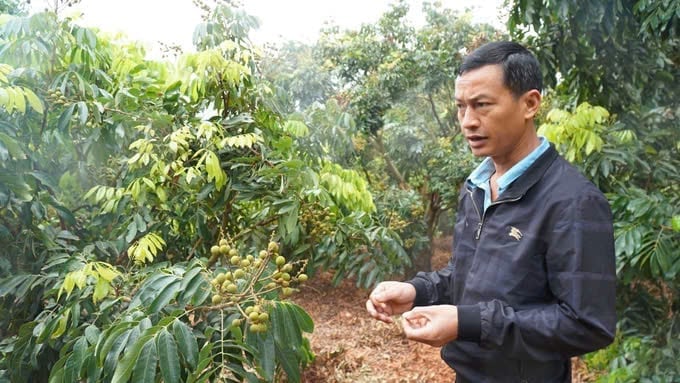
Son La province has designated over 50 hectares for longan cultivation aimed at export. Photo: Duc Binh.
During its inspection process, the Sub-Department of Crop Production and Plant Protection of Son La revoked nine planting area codes due to improper crop conversion and three packing facility codes that failed to meet technical requirements. Although the provincial target is to issue 250 planting area codes, it managed to register just over 177 planting area codes and approve only eight packing facilities for export operations.
Currently, there are no locally based entities in Son La province that are directly engaged in the export of fresh fruits. Agricultural exports mainly go through intermediary hubs at border gates, such as those in Lang Son and Lao Cai provinces. These intermediaries serve as essential logistical and commercial links between Son La's producers and foreign buyers. The province has more than 84,700 hectares of fruit trees. In addition, the province cultivates nearly 150,000 hectares of other essential crops such as corn, rice, and coffee, yielding around 1 million tons annually. Son La province has a position as a significant contributor to the agricultural production.
In reality, many holders of planting area codes face difficulties in determining whether their products qualify for export. This uncertainty hinders efforts to maintain the necessary standards, such as keeping accurate production logs, effectively managing cultivation areas, and adhering to optimal farming conditions.
Explaining the issue, Mr. Ho Trung Kien, Head of the Son La Sub-Department of Crop Production and Plant Protection, stated that the requirements of export markets are constantly evolving, especially in terms of quality assessment criteria, chemical residue limits, and quarantine pest regulations. These changes make the management of growing areas increasingly complex.
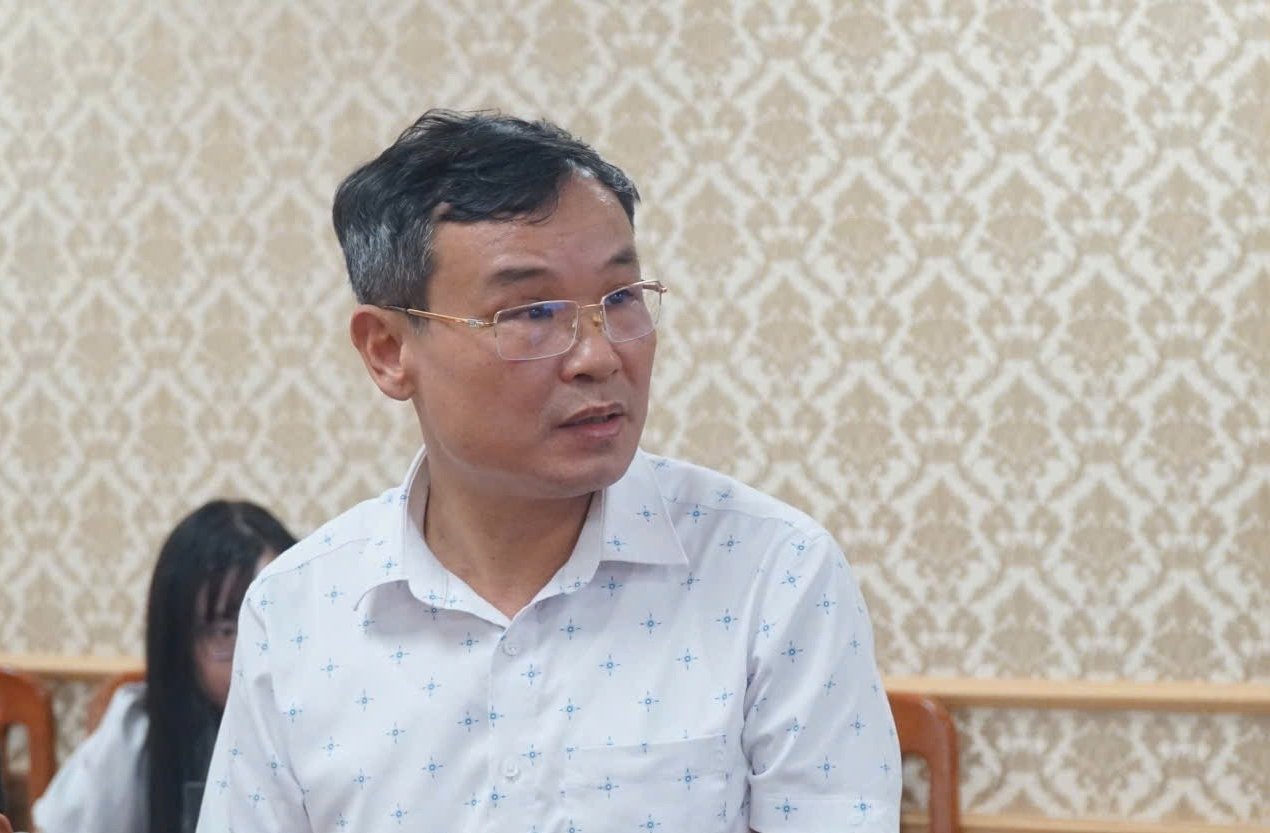
Mr. Ho Trung Kien, Head of the Son La Department of Crop Production and Plant Protection, reported on the maintenance of planting area codes aimed at export and warned that the requirements of export markets are constantly evolving. Photo: Duc Binh.
For instance, agricultural products entering the Chinese market must meet at least five fundamental conditions. Products must be irradiated, undergo plant quarantine inspection, grown and harvested from certified growing areas, contain no pesticide residues, and meet strict standards for packaging, including being packed in boxes or bags that prevent damage during transportation.
The Sub-Department of Crop Production and Plant Protection will provide guidance on procedures for issuing area codes to interested organizations and individuals; coordinate with relevant agencies and import countries’ regulatory authorities when inspections are required; and manage the planting area and packing facility codes via database systems.
Ms. Le Thi Thu Hang, Deputy Director of the Son La Department of Agriculture and Environment, shared: As a state management agency, we must listen to the concerns of businesses and revise unsuitable mechanisms to help resolve difficulties. Additionally, developing proper tariff policies is crucial. For each market, what are the applicable tariffs? We need to conduct in-depth analysis to support and advise businesses, ensuring all three key elements are in place: certified growing areas, qualified packing facilities, and a logistics system that supports export.
Successful agricultural export from Son La depends on the synchronization of three critical components: the establishment of internationally certified planting area codes, the operation of technically compliant and approved packing facilities, and the development of a reliable logistics infrastructure tailored to support export activities. Only when these three pillars are fully in place can Son La’s agricultural sector thrive in the global marketplace and fulfill its potential as a leading exporter of high-quality, sustainable produce.
Translated by Kieu Chi
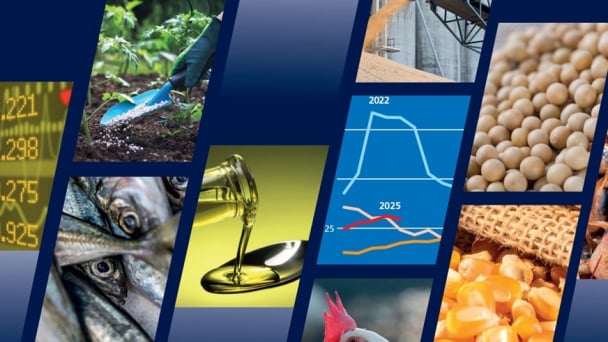
(VAN) Noting risks, report examines impacts of avian influenza, changing trade patterns since 2022, fish fraud, and shipping industry’s net-zero goals.
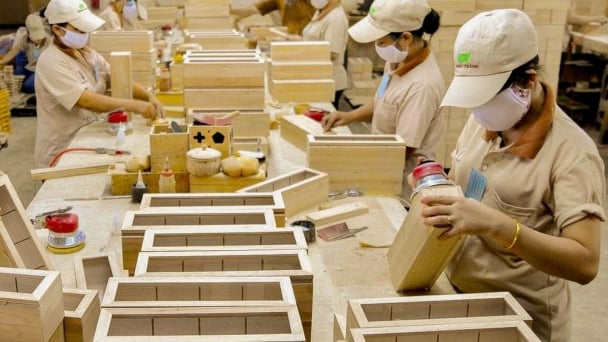
(VAN) Mr. Tran Quang Bao, General Director of the Forestry and Forest Protection Department, met and worked with the International Wood Products Association to promote cooperation in the field of timber trade.
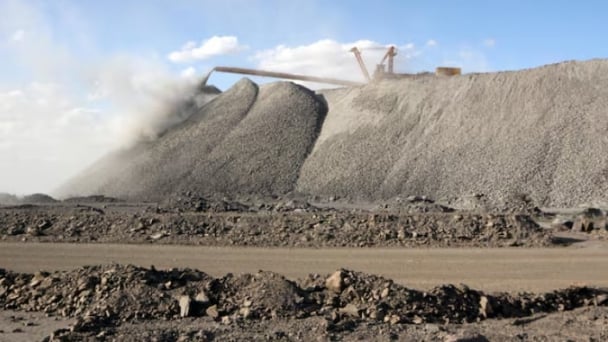
(VAN) China's outbound shipments of rare earths in May jumped 23% on the month to their highest in a year, though Beijing's export curbs on some of the critical minerals halted some overseas sales.
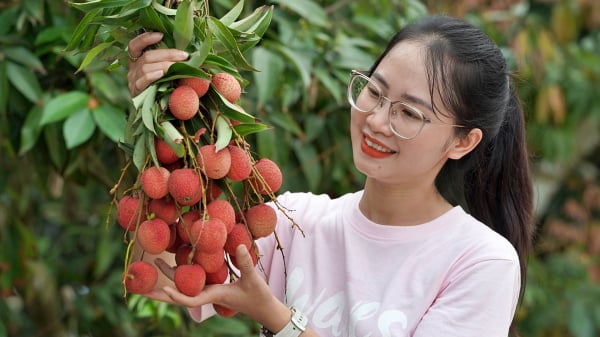
(VAN) To sustain capital flow, administrative reform alone is not enough; what farmers truly need is an ecosystem where both government and businesses grow together in support.
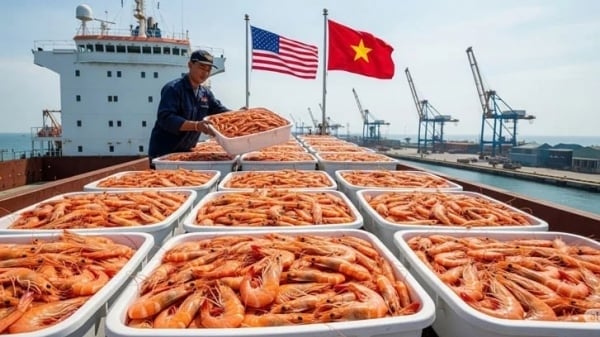
(VAN) Vietnam and the United States are proactively working together, each in their own way, to ensure that every container of agricultural goods carries not just products, but also long-term trust and value.
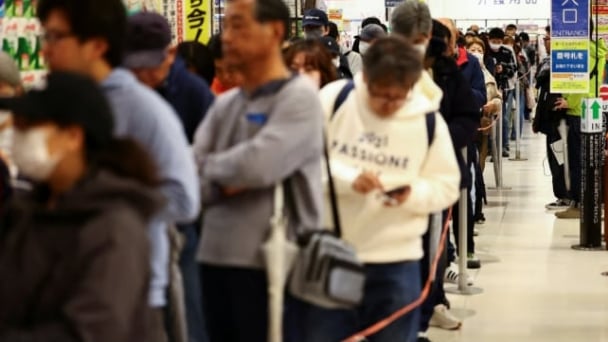
(VAN) Stores have started selling rice from the government’s stockpile to feed demand for the staple.
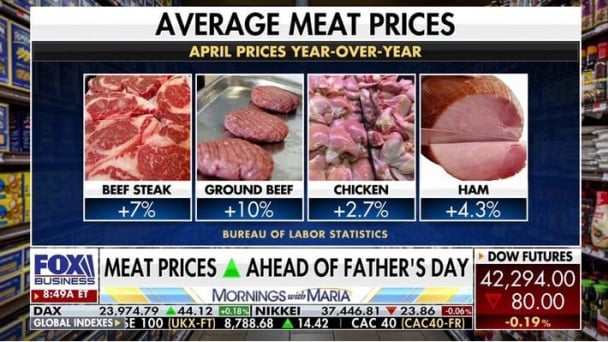
(VAN) Omaha Steaks CEO says rebuilding cattle herds will take about a year to ease price pressures.